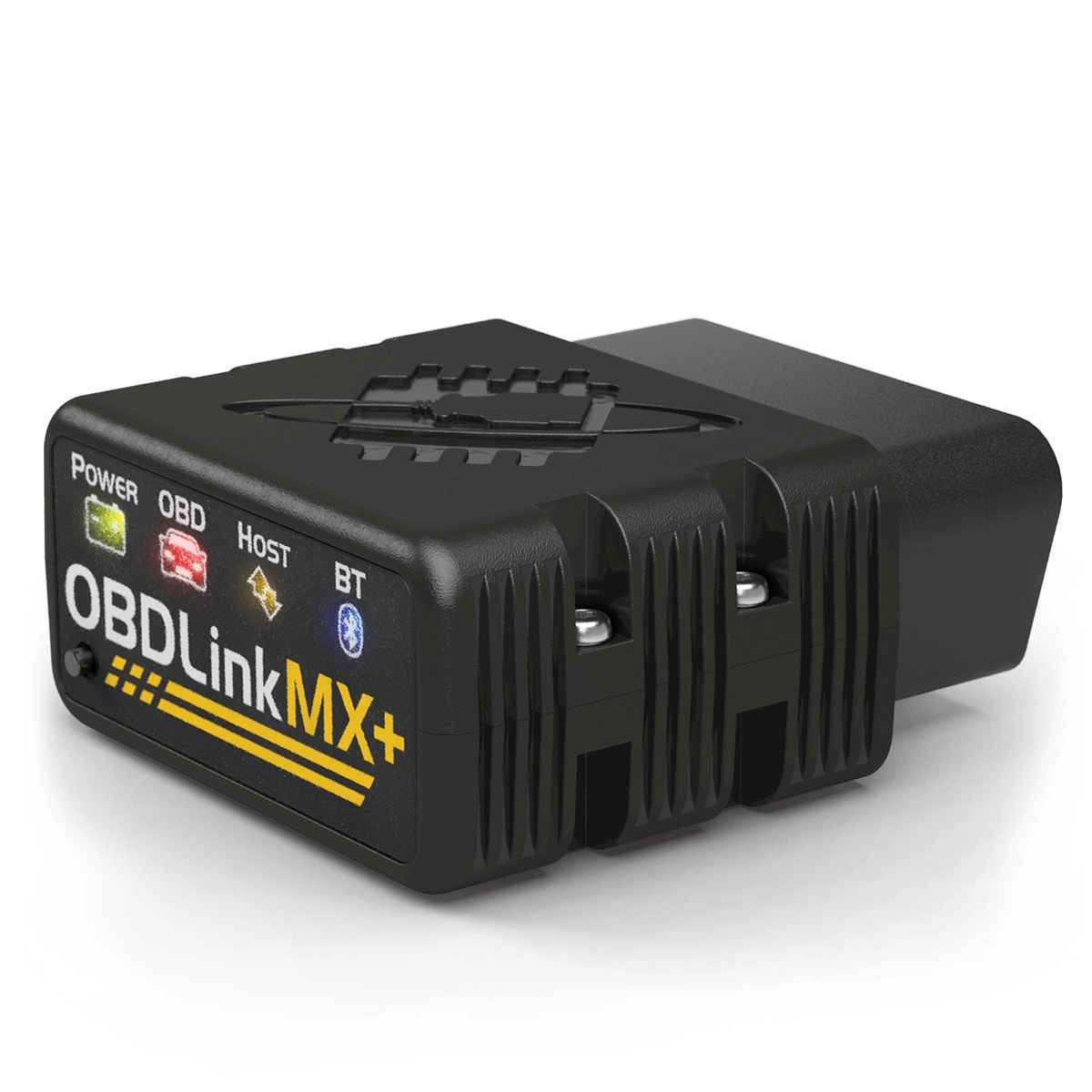Just want to go through my experience running the drive battery health test in Service Mode. Now this experience I went though was with my MY RWD with LFP chemistry battery in mid June just before I sold it to make room for the MY LR I had ordered that is supposedly coming soon.
We emptied the battery down to approx 10% just using my wife's normal daily driving pattern then I ran the test over night. I did everything as described by Tesla in the instructions on the screen and heard the AC and fans etc start running to discharge the battery to empty it before measuring the amount of energy required to refill it back to 100%.
Anyway on checking the car the next day it showed fully charged but no health amount was shown like I have seen on videos overseas but admittedly from memory those videos were from other chemistry types other than LFP.
So my question is has anyone gotten a successful health test for LFP batteries in Australia or for that matter any type chemistry for their drive battery using service mode?
I am thinking it might be an Australian service mode problem, an LFP chemistry problem or hell it could have just been problem on my end and yes I know I will not have to worry about LFP once I get my LR but I am still interested to find out from other's experiences to see whether I stuffed up or not and it also may help a few others here to know.
We emptied the battery down to approx 10% just using my wife's normal daily driving pattern then I ran the test over night. I did everything as described by Tesla in the instructions on the screen and heard the AC and fans etc start running to discharge the battery to empty it before measuring the amount of energy required to refill it back to 100%.
Anyway on checking the car the next day it showed fully charged but no health amount was shown like I have seen on videos overseas but admittedly from memory those videos were from other chemistry types other than LFP.
So my question is has anyone gotten a successful health test for LFP batteries in Australia or for that matter any type chemistry for their drive battery using service mode?
I am thinking it might be an Australian service mode problem, an LFP chemistry problem or hell it could have just been problem on my end and yes I know I will not have to worry about LFP once I get my LR but I am still interested to find out from other's experiences to see whether I stuffed up or not and it also may help a few others here to know.




